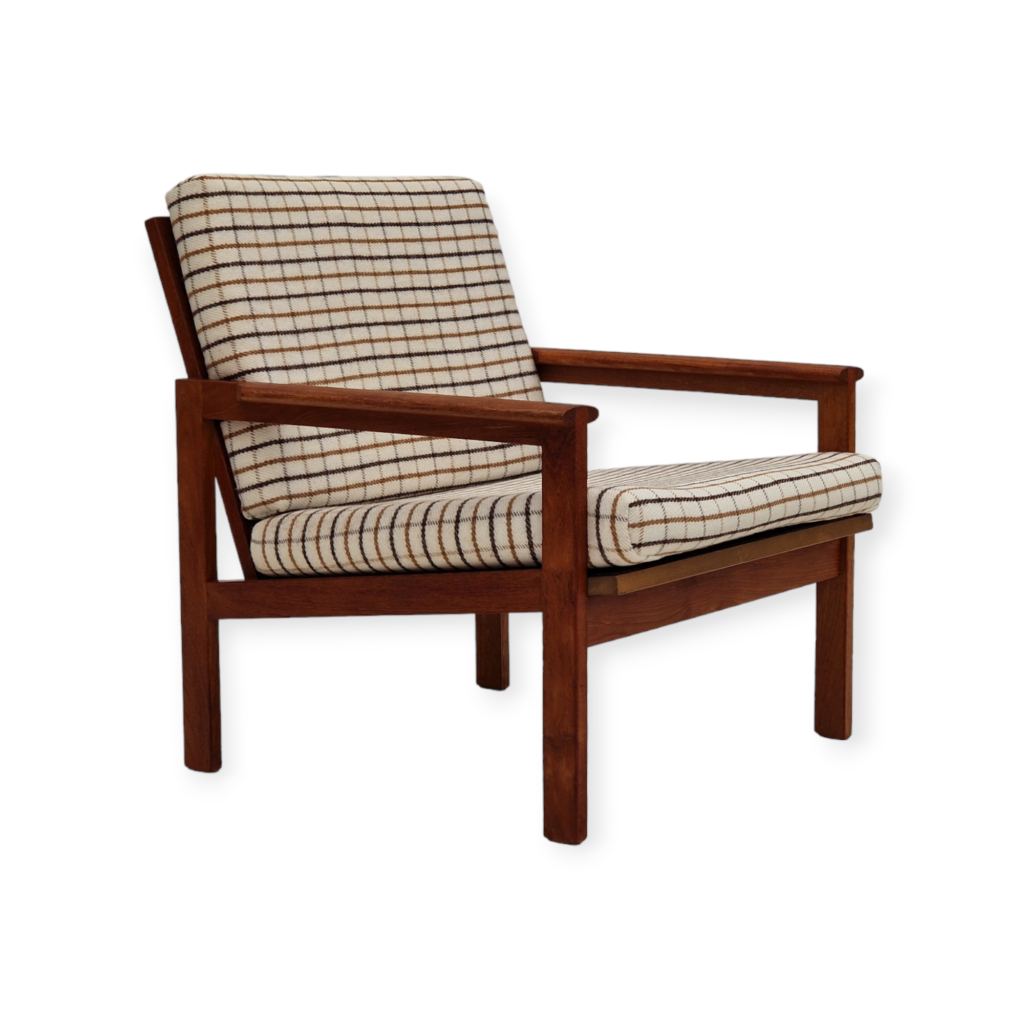I am picking up...
a friend at the airport tomorrow and one of the reasons I am looking forward to it, apart from meeting my friend of course is that they have the Dyson Blade. The only reason why I can't see it as a "great" design is the noise. They make a lot of noise compared to the more traditional ones. I also liked the idea of turning the blow head in the older ones, it allows you to dry your face. I would love to see how the Dyson compares with the traditional blowers in terms of energy consumption. The "older" version compared very well with the use of paper (almost 40% lower environmental impact)...it's unfortunate that I have to drive 100 miles to get to the airport!
Koen
The energy consumption of the Dyson Airblade is claimed to be significantly less than that of conventional electric hand dryers. See http://en.wikipedia.org/wiki/Dyson_Airblade or http://en.wikipedia.org/wiki/Hand_dryer for links to more information.
http://en.wikipedia.org/wiki/Dyson_Airblade
This used R2-D2 Cookie Jar by Roman Ceramic seems...
...to be unhygienic deal?
http://arthur.schwiegers.com/arthur/r2d2.html
fstfrwd...
Some basic questions regarding Dyson Blades efficiency:
1. If the improved efficiency relies on heating components, and not gadget shape, wouldn't it have been vastly more energy, cash, and carbon footprint efficient to install the heating componentry into existing designs already in place? We can save an awful lot of energy simply by not creating new gadgets.
2. Since Dyson's Blade appears to be made of materials that are neither highly recyclable, nor particularly biodegradeable, nor built to last very long, has anyone done a global energy audit on the Blade to see if the sum total of all the energy inputs involved in its creation, distribution, use and planned disposal, are in fact superior to existing hand dryers?
3. Paper towels are based on a renewable source. Is the Dyson Blade?
DC...
The efficiency is at least partially due to the LACK of heating elements; the 400MPH jet of air that squeegees your hands dry in a Dyson Airblade is unheated.
For an analysis of the environmental impact of electric hand dryers versus paper towels, I direct you to Umbra Fisk:
http://www.grist.org/article/umbra-towels/
Thank you so much for the link...
and for expanding on how-it-works.
400mph?
It sounds painful.
Now that we are talking about it, I do believe I used one in San Francisco, or somewhere, recently.
Whereever it was, my recollection was that it worked satisfactorily and did not stand out in my mind. Probably that is an indication that it is a good design.
I Used One In LAX
and it completely stood out in my mind as a great design
It's completely 'hands off'..no risk of any possible cross infection- no heating element, so low power, no paper- despite being renewable, it still has to get to each machine, on a regular basis, from heaven knows where.
Great British design
400MPH = painful?
Not really.
A traditional hand dryer blows air at 80MPH through a 2-square-inch opening. The wind pressure of 80-MPH air (the pressure it exerts on your hands) is around 1.2 pounds per square inch, so those dryers push on your hands with a force of around 2.4 pounds.
The Dyson dryer blows air at 400 MPH through an aperture 0.01 inches high. Air at 400MPH exerts a pressure of around 30 pounds per square inch, and your hand is maybe 5 inches wide... So you get 30psi acting on 0.05 square inches, or 1.5 pounds.
Imagine pressing the edge of a business card (or a rubber squeegee) into your hand with a force of 1.5 pounds; it's not much.
Great discription fast!
Al...
Great discription fast!
All that force concentrated in a narrow band of streaming air thinner than your finger is a fascinating experience. I too find myself repeating the process several times over. Definitely gives a greater impression that ones hands are cleaner.
Those in the US can usually find them in newer Whole Foods restrooms.
If you need any help, please contact us at – info@designaddict.com









